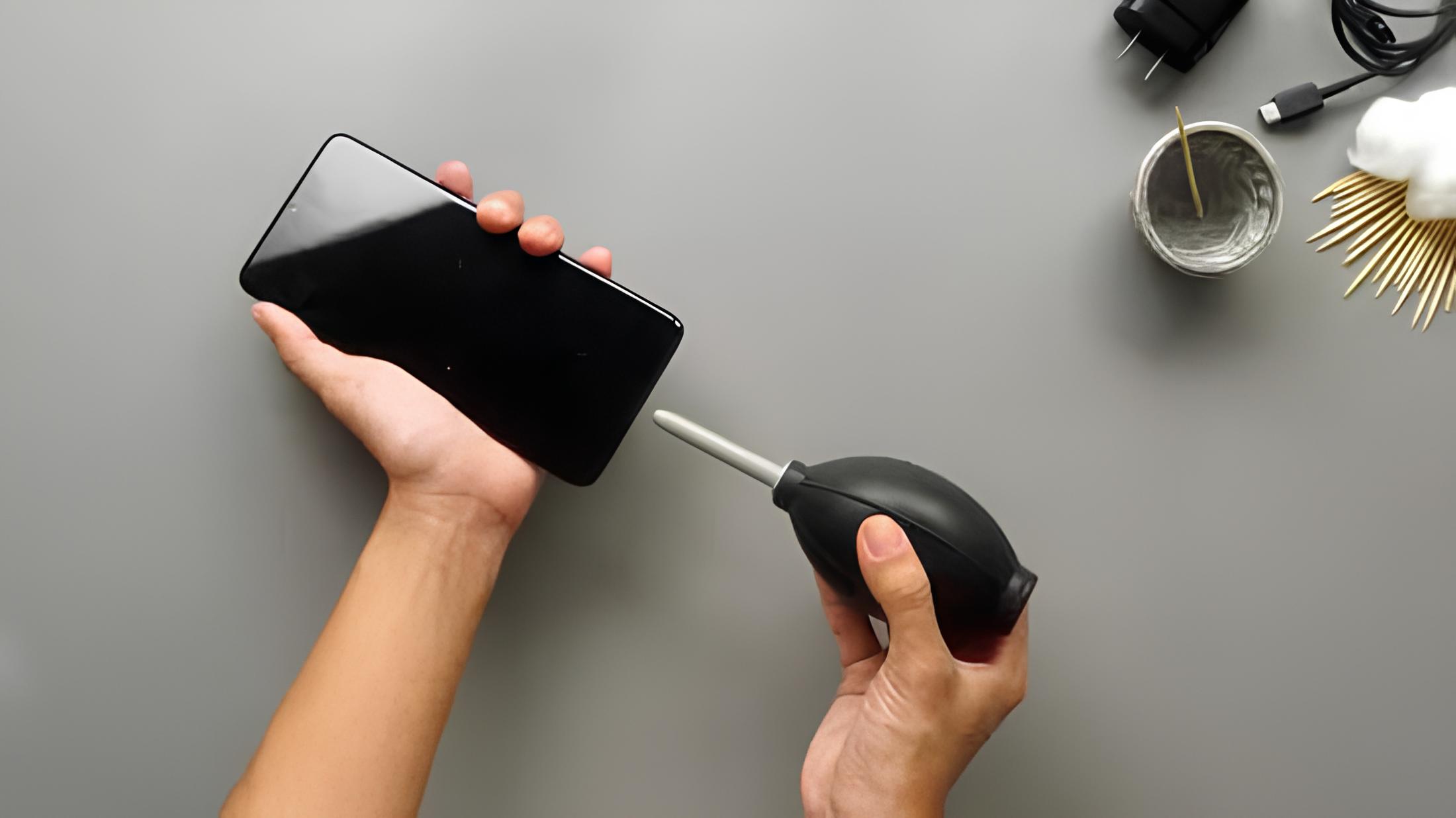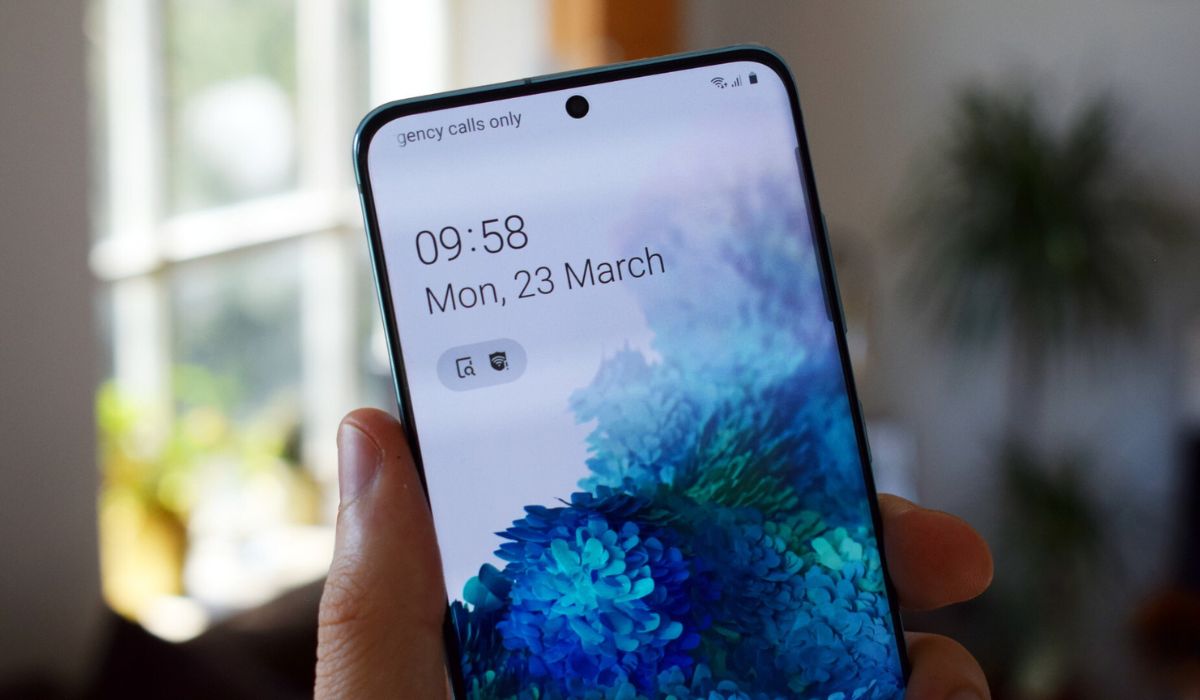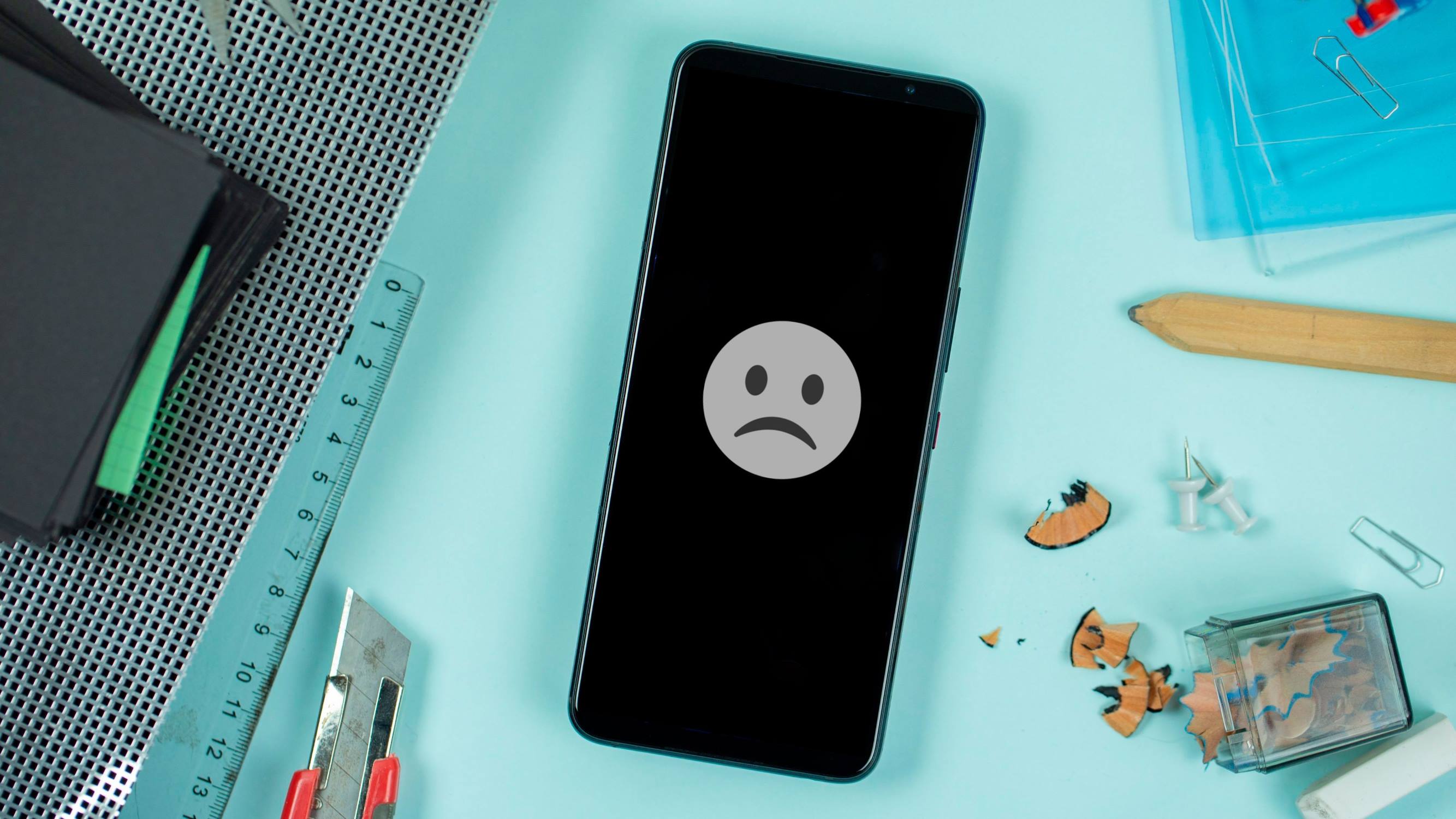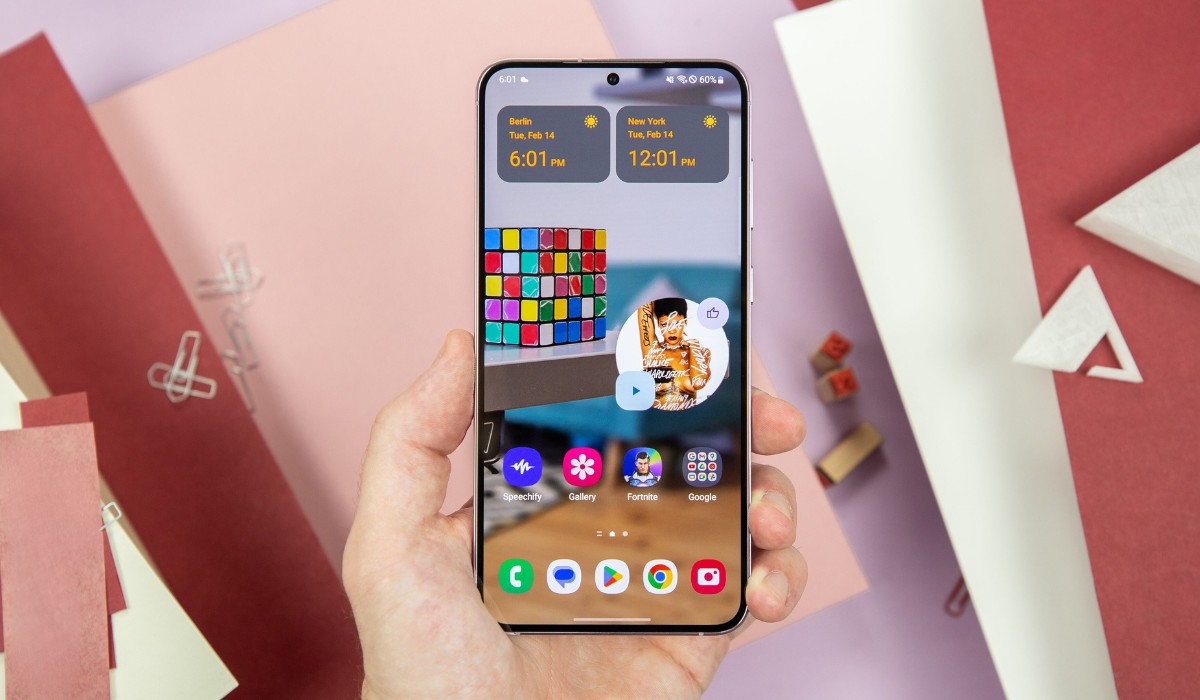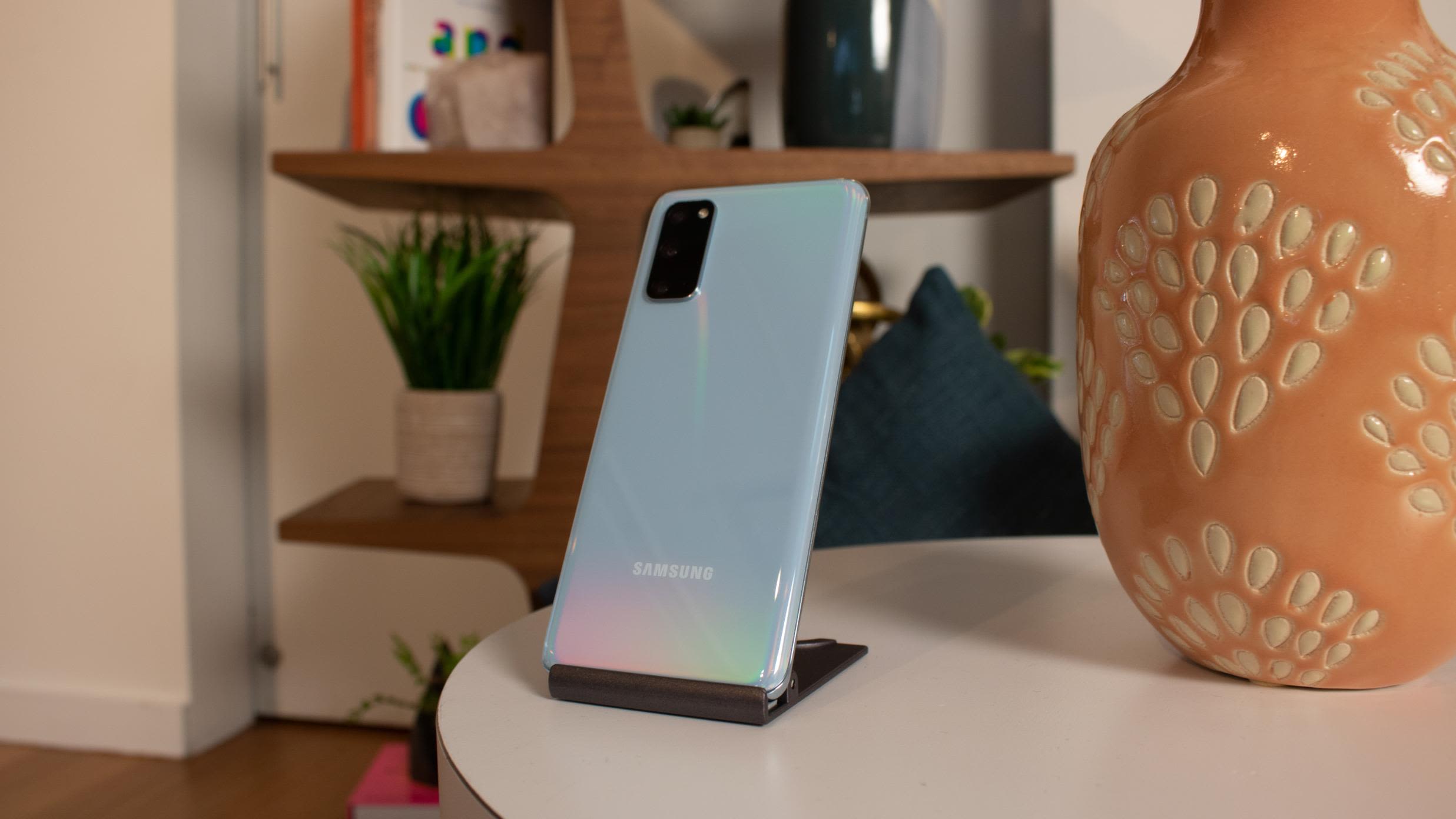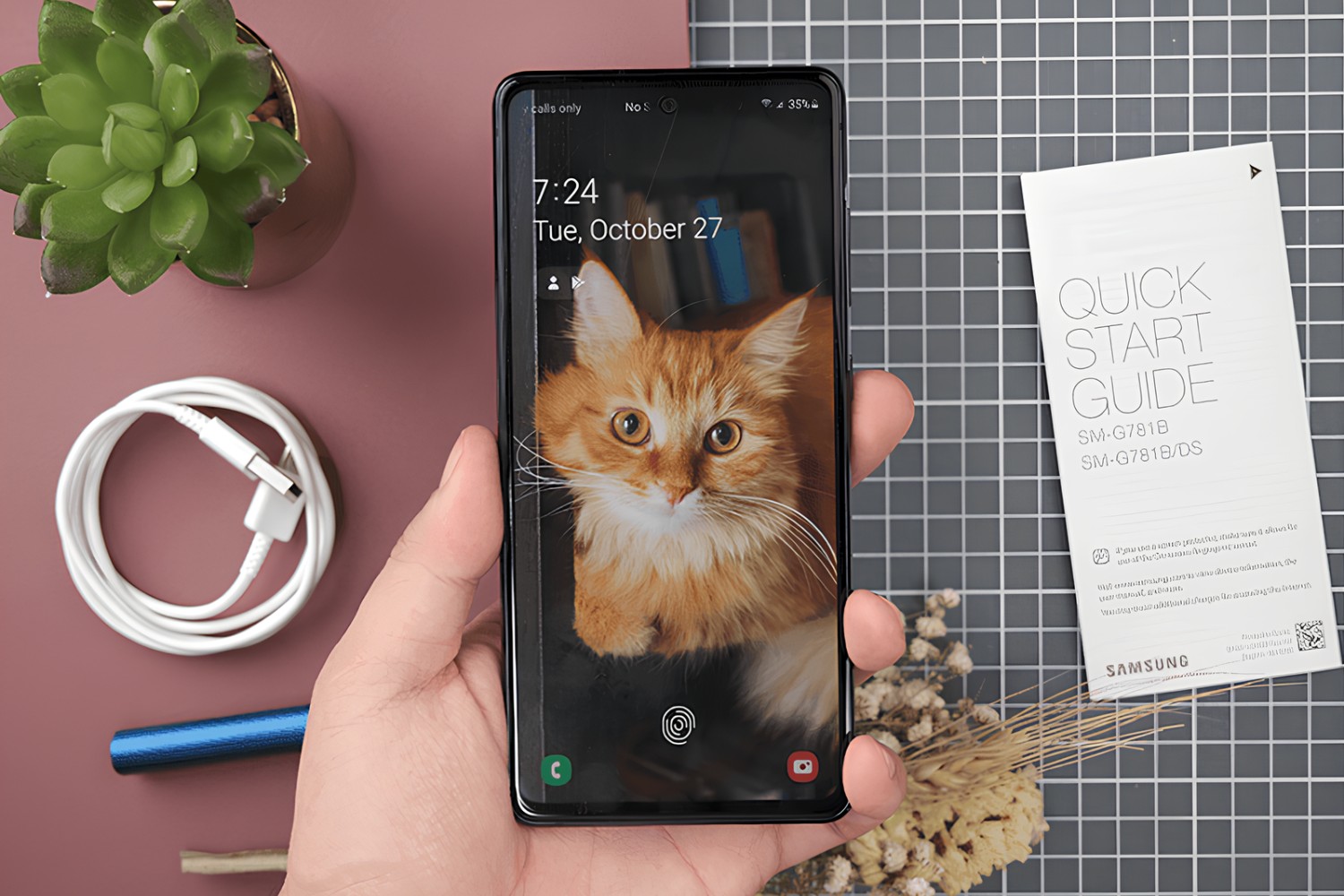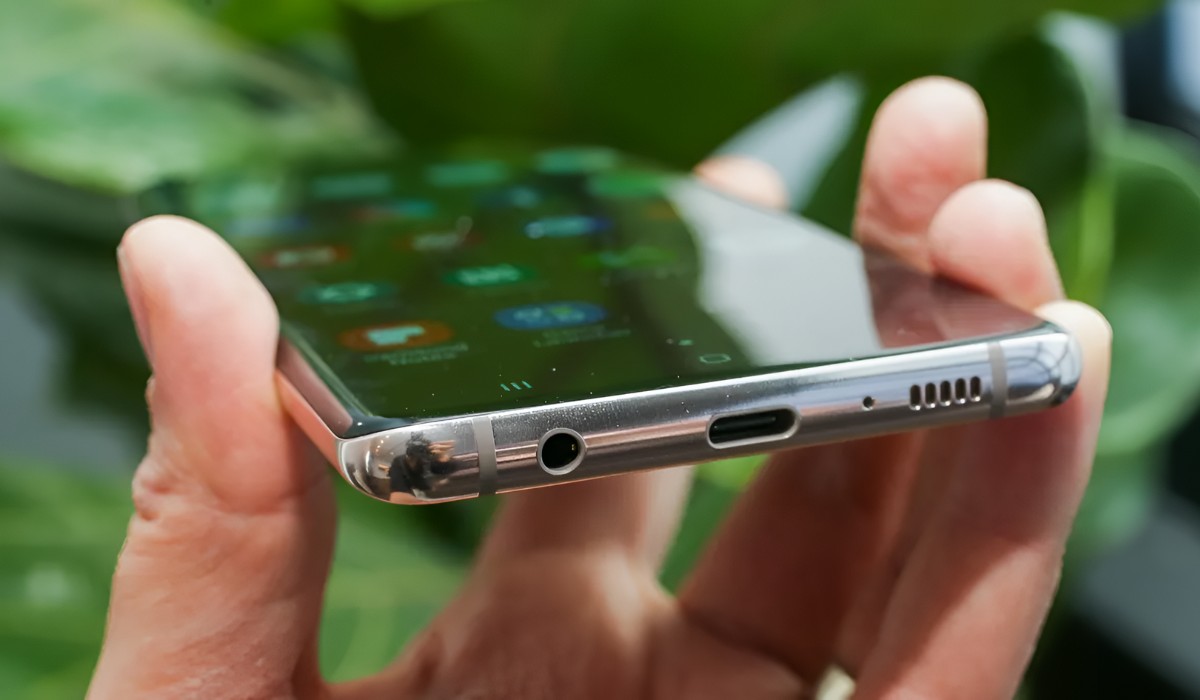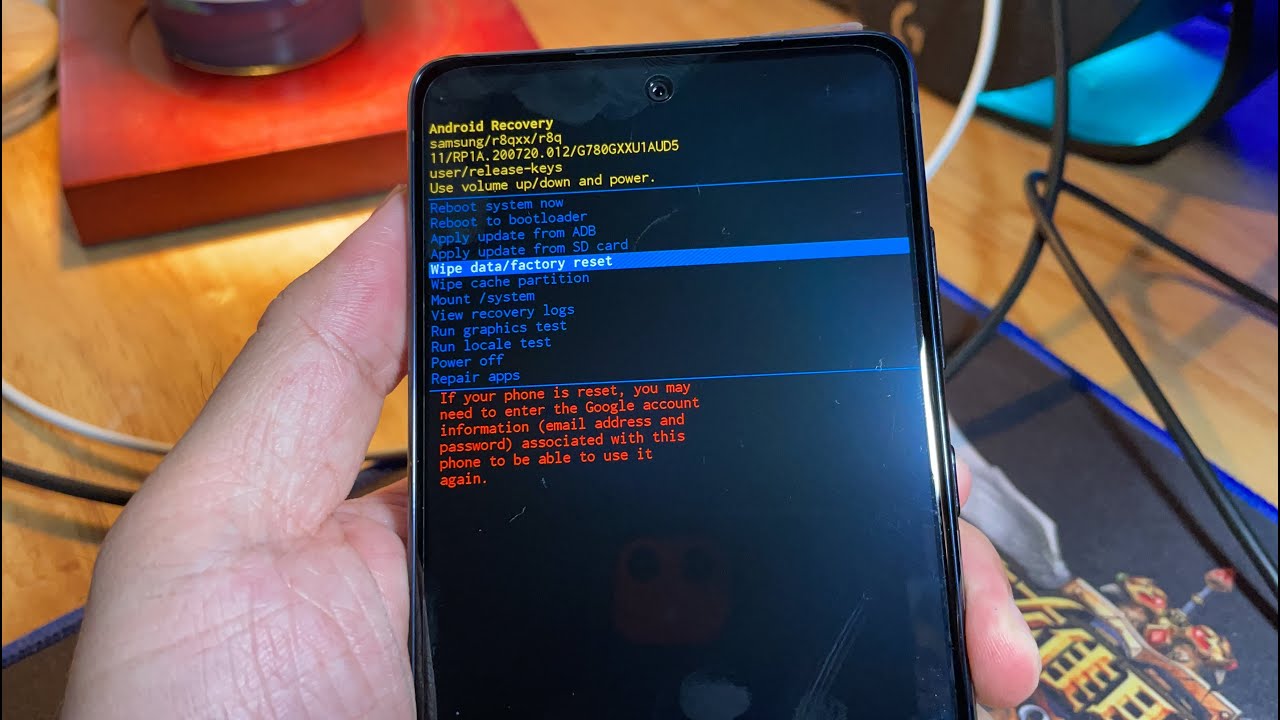Common Charging Issues
When it comes to the Samsung S20, charging issues can be a frustrating obstacle to staying connected and productive. Understanding the common charging problems that users encounter can help in troubleshooting and resolving these issues effectively. Here are some of the most prevalent charging issues experienced by Samsung S20 users:
-
Slow Charging: One of the most common complaints is slow charging. This occurs when the device takes an unusually long time to charge, even when using the original charger and cable.
-
Device Not Charging: Users often encounter situations where their Samsung S20 fails to charge when connected to a power source. This can be a major inconvenience, especially when the device's battery is low.
-
Intermittent Charging: Some users report that their Samsung S20 charges intermittently, with the charging process starting and stopping unexpectedly. This can lead to incomplete charging and unreliable battery levels.
-
Overheating During Charging: Overheating issues during charging can be a cause for concern, as excessive heat can affect the device's battery life and overall performance.
-
Battery Draining While Charging: In some cases, the Samsung S20 may continue to lose battery power even when connected to a charger, resulting in a net loss of charge rather than an increase.
Understanding these common charging issues is the first step toward addressing and resolving them effectively. By identifying the specific problem at hand, users can take targeted steps to troubleshoot and rectify the issue, ensuring that their Samsung S20 remains a reliable and efficient companion in their daily lives.
Check the Charger and Cable
The first step in troubleshooting charging issues with your Samsung S20 is to inspect the charger and cable. While it may seem obvious, issues with the charging equipment are often overlooked and can be the root cause of many charging problems.
Verify the Charger and Cable Authenticity
It's essential to ensure that you are using an authentic Samsung charger and cable specifically designed for the Samsung S20. Using third-party or counterfeit chargers and cables can lead to compatibility issues and suboptimal charging performance. Genuine Samsung chargers and cables are engineered to deliver the appropriate power and voltage levels required for efficient charging without compromising the device's battery health.
Examine for Physical Damage
Carefully inspect the charger and cable for any signs of physical damage, such as frayed wires, bent connectors, or worn-out insulation. These issues can disrupt the flow of electricity and result in erratic charging behavior. If any damage is detected, it is crucial to replace the charger or cable with a new, undamaged set to ensure a reliable charging connection.
Test with Alternative Charger and Cable
To rule out the possibility of a faulty charger or cable, consider testing your Samsung S20 with an alternative, known-working charger and cable. This simple step can help determine whether the original charger or cable is the source of the charging problem. If the device charges normally with the alternative equipment, it indicates that the original charger or cable may need to be replaced.
Clean the Charging Ports
Over time, charging ports can accumulate dust, lint, or debris, leading to poor electrical contact and hindered charging efficiency. Use a soft, dry brush or compressed air to gently clean the charging port on your Samsung S20, ensuring that any foreign particles are removed. Additionally, inspect the charging port for any visible damage or obstructions that may be impeding the connection between the charger and the device.
By thoroughly examining the charger and cable, verifying their authenticity, and testing with alternative equipment if necessary, users can effectively eliminate potential charging issues stemming from faulty or incompatible charging accessories. This proactive approach sets the foundation for a successful resolution of charging problems, allowing Samsung S20 users to enjoy reliable and efficient charging performance.
Clean the Charging Port
Ensuring the cleanliness of the charging port on your Samsung S20 is a crucial step in troubleshooting charging issues and maintaining optimal charging performance. Over time, the charging port can accumulate dust, lint, and other debris, which may hinder the electrical connection between the charger and the device. This can result in slow charging, intermittent charging, or even a complete inability to charge the device. Therefore, a thorough cleaning of the charging port is essential to address these potential issues effectively.
To begin the cleaning process, it is important to gather the necessary tools. A soft, dry brush with fine bristles or compressed air can be used to remove any accumulated debris from the charging port. It is important to emphasize the use of a dry brush or compressed air to avoid introducing moisture into the charging port, which could potentially cause damage to the device.
When cleaning the charging port, it is advisable to approach the task with gentle and deliberate movements. Carefully insert the brush into the charging port and softly brush away any visible dust or lint. Alternatively, if using compressed air, direct short bursts of air into the charging port to dislodge and remove any debris. It is important to exercise caution and avoid applying excessive force, as this could potentially damage the delicate components within the port.
After the initial cleaning, it is recommended to inspect the charging port for any remaining debris or foreign particles. A magnifying glass or a well-lit environment can aid in identifying any stubborn debris that may require further attention. If necessary, repeat the cleaning process to ensure that the charging port is free from any obstructions that could impede the charging connection.
In addition to physical debris, it is important to check for any signs of corrosion or oxidation within the charging port. If any corrosion is detected, it may require professional cleaning or repair to restore the charging port to its optimal condition.
By diligently cleaning the charging port of your Samsung S20, you can effectively eliminate potential obstacles that may hinder the charging process. This proactive maintenance not only resolves existing charging issues but also contributes to the long-term reliability and performance of the device's charging capabilities. With a clean and well-maintained charging port, users can expect consistent and efficient charging, ensuring that their Samsung S20 remains ready to meet their daily demands.
Restart the Device
Restarting the Samsung S20 is a fundamental yet often overlooked troubleshooting step that can effectively address a variety of charging issues. When a device is in operation for an extended period, various background processes, apps, and system components may encounter errors or become unresponsive, potentially impacting the device's charging functionality. Restarting the device allows for a fresh start, clearing temporary system glitches and restoring normal operation.
To initiate a restart, press and hold the power button located on the side of the Samsung S20. After a few seconds, a menu will appear on the screen, prompting the user to select the "Restart" option. Alternatively, if the device is unresponsive, pressing and holding the power button for an extended duration will force a restart. Upon restarting, the device undergoes a complete shutdown and subsequently boots up, allowing the operating system and essential components to initialize from a clean state.
By performing a restart, users can effectively reset the device's software environment, potentially resolving underlying issues that may be affecting the charging process. This simple yet powerful action can clear temporary system hiccups, terminate problematic background processes, and restore the device to a stable state, thereby addressing charging issues such as slow charging, intermittent charging, or unresponsiveness to the charger.
Furthermore, a restart can also be beneficial in addressing issues related to app or system conflicts that may be impacting the device's charging behavior. By restarting the device, users can mitigate potential software-related obstacles that could hinder the charging process, ensuring that the Samsung S20 operates optimally and charges efficiently.
In addition to troubleshooting charging issues, regular restarts can contribute to the overall performance and stability of the Samsung S20. By periodically restarting the device, users can prevent the accumulation of system errors and maintain a responsive and reliable user experience.
Incorporating the practice of restarting the device into the troubleshooting process for charging issues empowers Samsung S20 users to proactively address potential software-related obstacles, ensuring consistent and efficient charging performance. This straightforward yet impactful step serves as a foundational strategy in maintaining the device's operational integrity, allowing users to rely on their Samsung S20 for uninterrupted connectivity and productivity.
Update Software
Updating the software of your Samsung S20 is a pivotal step in troubleshooting charging issues and ensuring the overall performance and stability of the device. Software updates, often released by Samsung to address known issues, introduce enhancements, and improve system functionality, can directly impact the device's charging behavior. By keeping the device's software up to date, users can leverage the latest optimizations and bug fixes to mitigate potential charging-related obstacles effectively.
To initiate a software update on the Samsung S20, users can navigate to the device's settings and access the "Software update" section. Within this menu, the device can be checked for available updates, and if a new software version is detected, users can proceed with the installation process. It is important to ensure that the device is connected to a stable Wi-Fi network and has an adequate battery level before initiating the update to prevent interruptions or potential issues during the installation.
Software updates often include optimizations and improvements to the device's power management system, charging algorithms, and overall system stability, which can directly impact the charging performance of the Samsung S20. By applying the latest software version, users can benefit from refined charging protocols, enhanced battery management, and improved compatibility with charging accessories, thereby addressing common charging issues such as slow charging, intermittent charging, or unresponsiveness to the charger.
Furthermore, software updates may also address specific software-related bugs or conflicts that could impact the device's charging behavior. By resolving these underlying software issues, users can experience a more consistent and reliable charging process, ensuring that the Samsung S20 remains ready to meet their daily demands without encountering charging-related disruptions.
In addition to addressing charging issues, staying current with software updates is essential for maintaining the overall security and performance of the Samsung S20. By regularly updating the device's software, users can benefit from the latest security patches, feature enhancements, and performance optimizations, contributing to a seamless and reliable user experience.
Incorporating the practice of updating the device's software into the troubleshooting process for charging issues empowers Samsung S20 users to leverage the latest advancements and optimizations, ensuring that the device charges efficiently and operates at its full potential. This proactive approach aligns with Samsung's commitment to delivering a superior user experience and underscores the importance of software maintenance in addressing charging-related concerns.
Check for Hardware Damage
Inspecting the Samsung S20 for hardware damage is a critical step in troubleshooting charging issues and ensuring the long-term reliability of the device. Hardware damage, whether visible or internal, can significantly impact the device's charging capabilities and overall performance. By conducting a thorough assessment of the device's physical components, users can identify potential issues and take appropriate measures to address them effectively.
Visual Inspection
Begin the hardware inspection by visually examining the exterior of the Samsung S20. Look for any signs of physical damage, such as cracks, dents, or scratches, that may indicate potential underlying issues. Pay particular attention to the charging port, ensuring that it is free from any visible damage or deformities that could hinder the connection with the charger.
Water Damage
Given the Samsung S20's water-resistant design, it is essential to check for any indications of water damage. Look for moisture or water ingress in the charging port, as well as any signs of corrosion or discoloration that may result from exposure to liquids. Water damage can compromise the device's internal components, including the charging circuitry, leading to erratic charging behavior or complete charging failure.
Internal Components
While external damage is readily visible, internal hardware issues can also impact the device's charging performance. If the Samsung S20 has been subjected to physical trauma or impact, it is advisable to have the device professionally inspected to assess the integrity of its internal components. Internal damage, such as a dislodged charging connector or damaged circuitry, can manifest as charging issues and may require expert intervention to rectify.
Battery Health
The condition of the device's battery is integral to its charging performance. If the Samsung S20 exhibits rapid battery depletion, overheating during charging, or irregular charging behavior, it may indicate underlying battery issues. In such cases, it is advisable to have the battery professionally evaluated to determine its health and performance, as degraded or faulty batteries can impede the charging process.
Professional Assessment
In instances where hardware damage is suspected or identified, seeking professional assistance from authorized service centers or technicians is recommended. Professional assessment and repair can address underlying hardware issues, ensuring that the Samsung S20's charging capabilities are restored to optimal levels.
By diligently checking for hardware damage, users can proactively identify and address potential issues that may impact the Samsung S20's charging performance. This comprehensive approach aligns with the device's long-term reliability and user satisfaction, underscoring the importance of maintaining the device's physical integrity to ensure consistent and efficient charging.
Contact Samsung Support
In situations where troubleshooting steps fail to resolve charging issues with the Samsung S20, reaching out to Samsung Support can provide users with expert assistance and tailored solutions. Samsung's dedicated support channels offer direct access to knowledgeable professionals who specialize in addressing a wide range of device-related concerns, including charging issues. By engaging with Samsung Support, users can leverage the expertise and resources of the manufacturer to effectively diagnose and resolve complex charging problems.
When initiating contact with Samsung Support, users have several options to choose from, catering to their preferences and urgency of the issue. The following avenues are available for users to seek assistance:
-
Online Support: Samsung's official website features a comprehensive support section where users can access troubleshooting guides, FAQs, and community forums. Additionally, users can engage in live chat support or submit support tickets to seek personalized assistance from Samsung's support team.
-
Phone Support: Samsung provides dedicated phone support lines, allowing users to directly connect with support representatives who can provide real-time guidance and troubleshooting assistance. By engaging in phone support, users can articulate their charging issues and receive immediate feedback and recommendations.
-
In-Person Support: For users who prefer face-to-face interaction, Samsung's authorized service centers offer in-person support and device diagnostics. Trained technicians at these service centers can conduct thorough assessments of the Samsung S20's charging system and provide tailored solutions to address the specific issues encountered.
When reaching out to Samsung Support, users should be prepared to provide detailed information about the charging issues experienced, including any relevant troubleshooting steps already undertaken. Describing the specific symptoms, patterns, and circumstances surrounding the charging problems can aid support representatives in diagnosing the root cause and formulating an effective resolution strategy.
By engaging with Samsung Support, users can benefit from the manufacturer's in-depth knowledge of the Samsung S20's hardware and software, as well as access to specialized tools and diagnostic resources. Support representatives can guide users through advanced troubleshooting procedures, recommend software optimizations, and facilitate hardware inspections if necessary, ensuring that charging issues are addressed comprehensively.
In essence, contacting Samsung Support serves as a valuable resource for users encountering persistent or complex charging issues with the Samsung S20. By leveraging the expertise and resources of Samsung's support infrastructure, users can navigate through challenging charging problems with confidence, ultimately ensuring the consistent and reliable charging performance of their devices.







